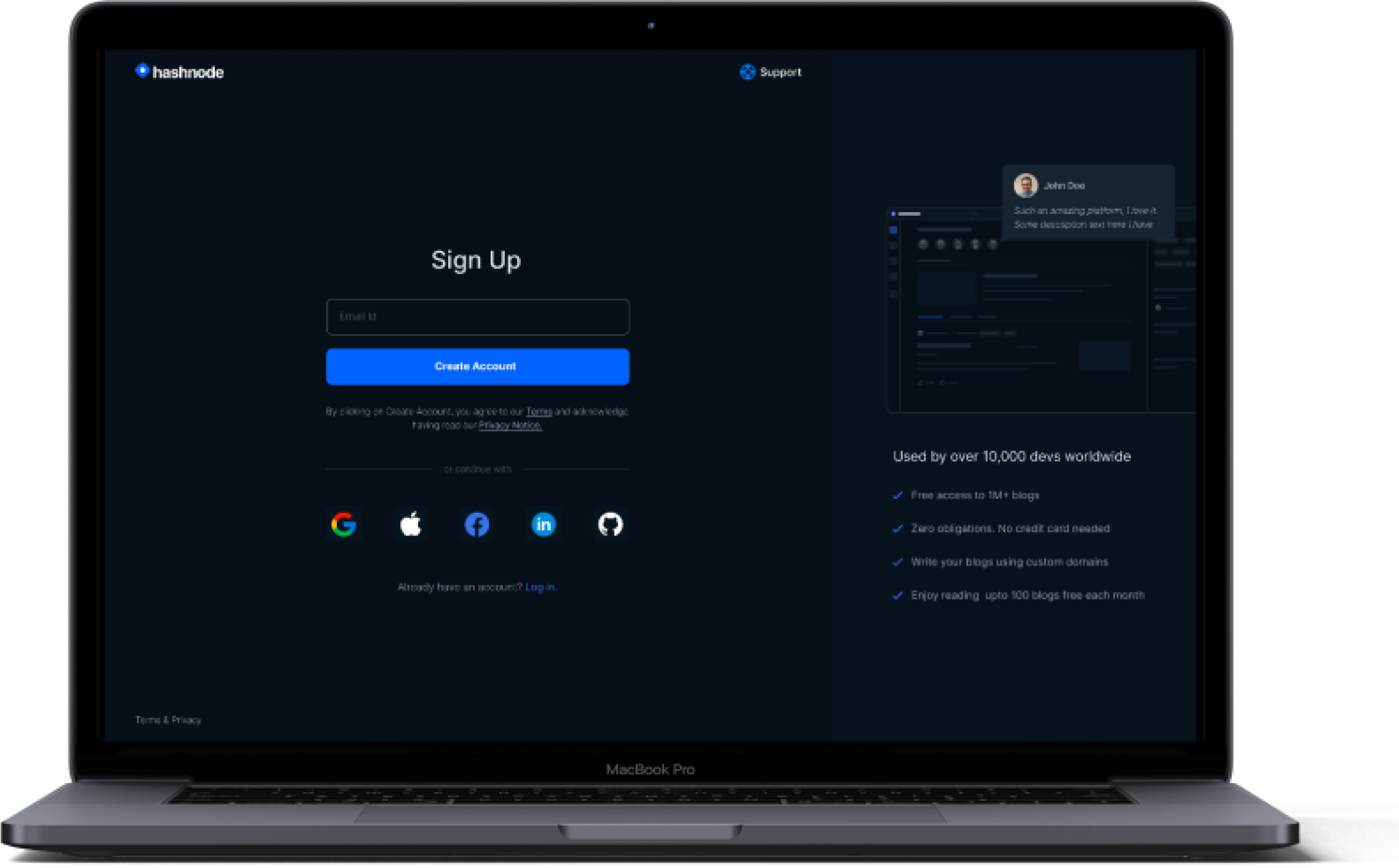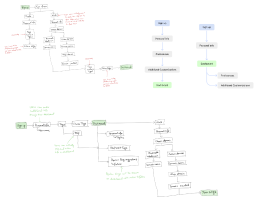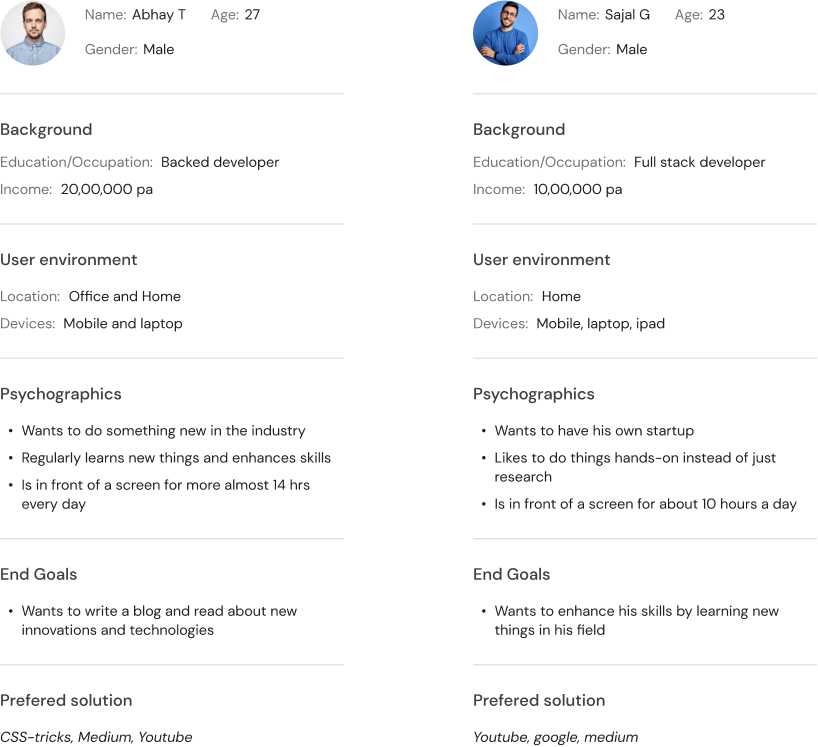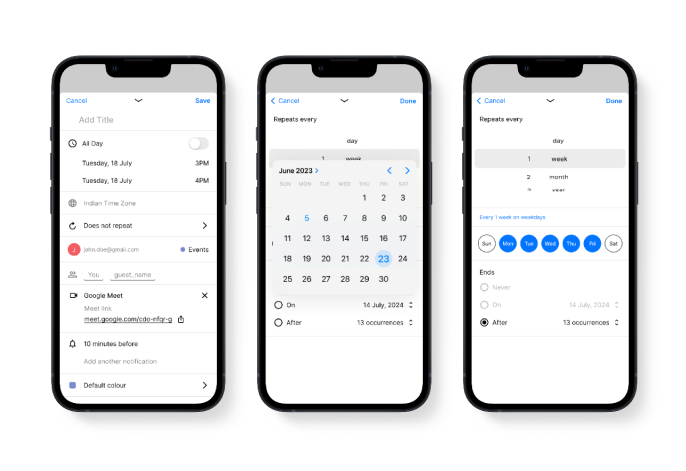Future Scope
The current dashboard of Hashnode has some UI/UX irregularities like boxy design, unclear visual heirarchy, inefficient use of space etc. After gather more information about the users behaviour on the platform, I would like to propose a change in the dashboard design itself.
Additionally as a product, Hashnode should incorporate VLOGs as well as create a short-video post feature where users can easily browse content within seconds. It has already been proven by research that people prefer to see short videos as it brings a constant and instant dopamine rush and thus get addicted to platforms like Instagram and TikTok. Hashnode can turn this opportunity and convert a time wasting element to a fun and explorative learning opportunity for users.



















